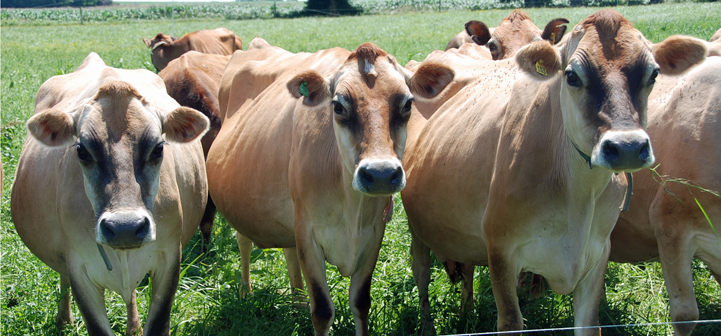
This article is part of our series of original articles on emerging featured topics. Please check here to see other articles in this series.
Corn silage supplies energy and physically effective fiber to high-producing dairy cows. Production of high quality corn silage reduces purchased feed costs from grain and byproduct supplements, and thus can increase profitability for dairy producers. Several harvesting practices influence fermentation and digestibility of corn silage. Therefore, the purpose of this paper is to review selected corn …



